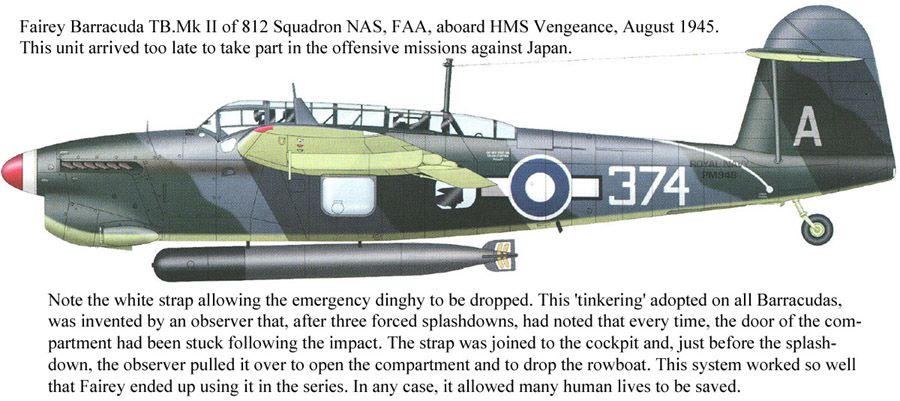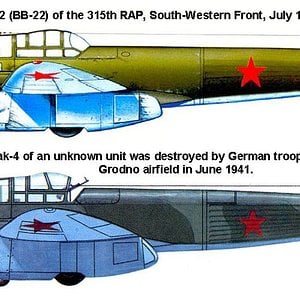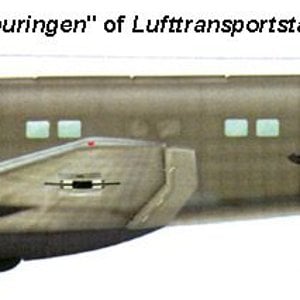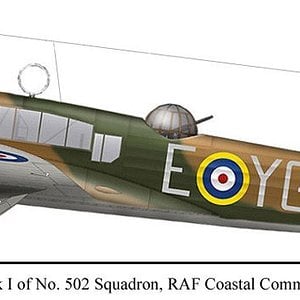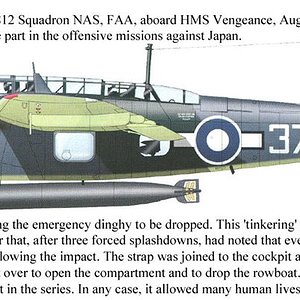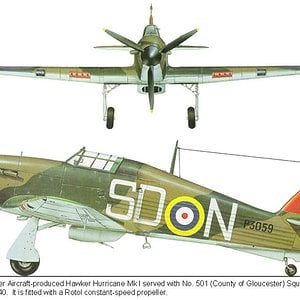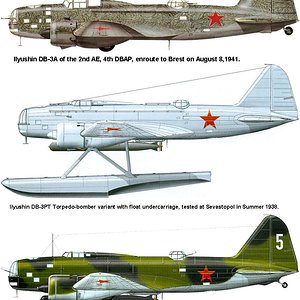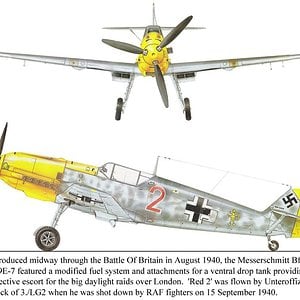Navigation
Install the app
How to install the app on iOS
Follow along with the video below to see how to install our site as a web app on your home screen.
Note: This feature may not be available in some browsers.
More options
You are using an out of date browser. It may not display this or other websites correctly.
You should upgrade or use an alternative browser.
You should upgrade or use an alternative browser.
The Fairey Barracuda was a British carrier-borne torpedo- and dive bomber used during the Second World War, the first of its type to be fabricated entirely from metal. It was introduced to the Fleet Air Arm as a replacement for the Fairey Swordfish and Fairey Albacore biplanes. It is notable for its role in attacking the German battleship Tirpitz and known for its unusual appearance when the undercarriage was extended and wings folded.
The first Barracudas entered service on 10 January 1943 with 827 Squadron and were deployed in the North Atlantic. Barracudas would eventually equip 24 front line squadrons. From 1944 onwards, the Mk IIs were accompanied in service by radar-equipped (but otherwise similar) Mk III, which were used for anti-submarine work.
The Barracuda first saw action with 810 Squadron aboard HMS Illustrious off the coast of Norway in July 1943 before deploying to the Mediterranean to support the Salerno landings.[8] The following year they entered service in the Pacific Theatre.
The Royal Air Force used the Barracuda Mk II, initially in 1943 with No. 567 Sqn. at RAF Detling. In 1944, similar models went to 667 Sqn. (RAF Gosport), 679 Sqn. (RAF Ipswich) and 691 Sqn. (RAF Roborough). All the aircraft were withdrawn between March and July 1945.
Info: Wikipedia
http://en.wikipedia.org/wiki/Fairey_Barracuda
Profile: Wings Palette
http://wp.scn.ru/en/
The first Barracudas entered service on 10 January 1943 with 827 Squadron and were deployed in the North Atlantic. Barracudas would eventually equip 24 front line squadrons. From 1944 onwards, the Mk IIs were accompanied in service by radar-equipped (but otherwise similar) Mk III, which were used for anti-submarine work.
The Barracuda first saw action with 810 Squadron aboard HMS Illustrious off the coast of Norway in July 1943 before deploying to the Mediterranean to support the Salerno landings.[8] The following year they entered service in the Pacific Theatre.
The Royal Air Force used the Barracuda Mk II, initially in 1943 with No. 567 Sqn. at RAF Detling. In 1944, similar models went to 667 Sqn. (RAF Gosport), 679 Sqn. (RAF Ipswich) and 691 Sqn. (RAF Roborough). All the aircraft were withdrawn between March and July 1945.
Info: Wikipedia
http://en.wikipedia.org/wiki/Fairey_Barracuda
Profile: Wings Palette
http://wp.scn.ru/en/

